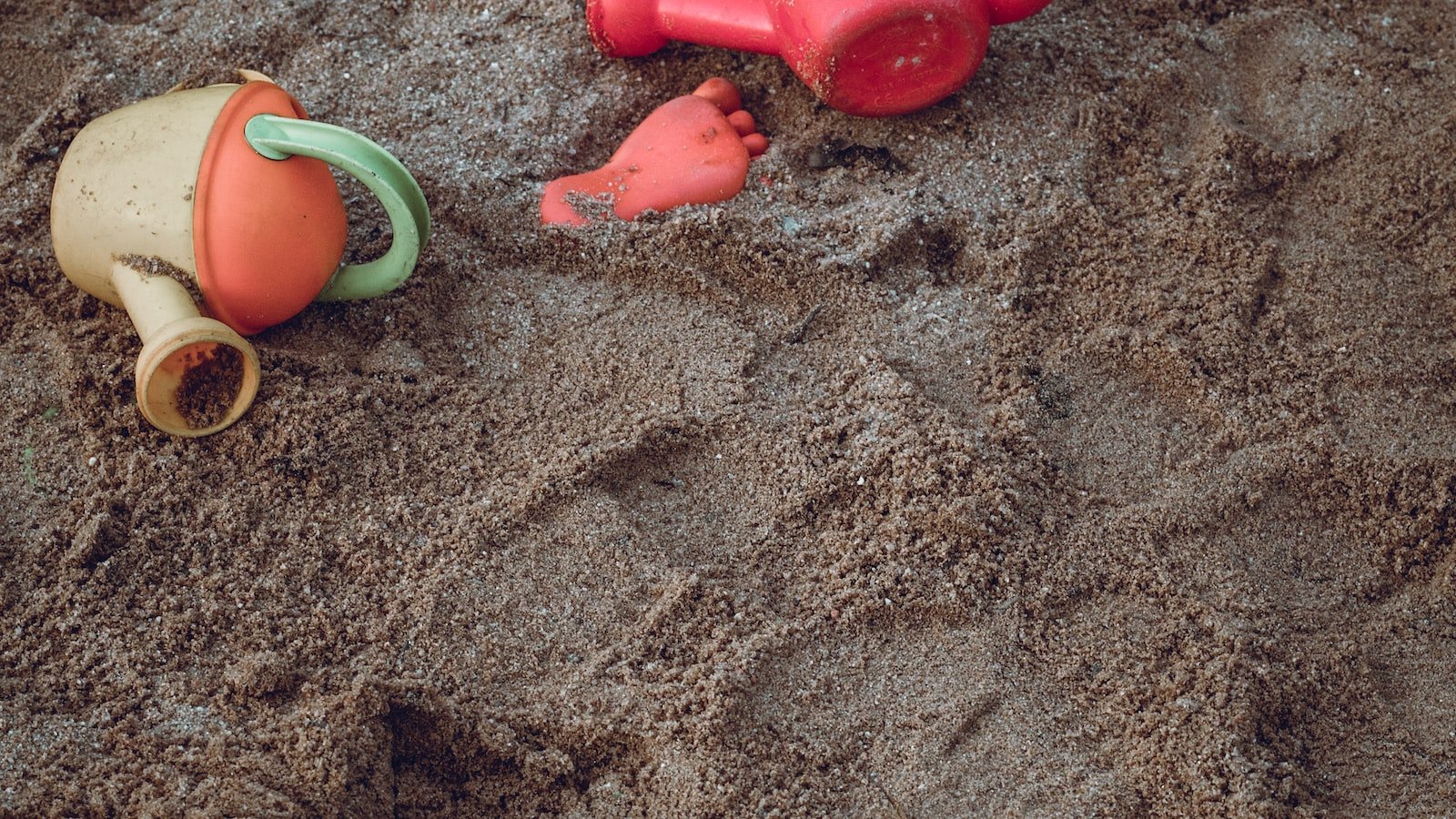Dogs, our lovable and energetic companions, have an innate desire to explore and engage with their surroundings. Every wag of their tail, every eager bounce is a testament to their undying enthusiasm for playtime. But as responsible pet owners, we often find ourselves torn between allowing our furry friends to revel in their boundless energy and maintaining a semblance of control over their actions. Enter the game-changer: the “tug” command. This ingenious training technique allows us to strike the perfect balance between much-needed playtime and ensuring that our four-legged pals abide by the rules. So, if you’re ready to unlock a world of controlled play and exuberant tail-wagging, get ready to discover the wonders of the “tug” command for dogs.
Table of Contents
- The Tug Command: Building a Strong Bond with Your Dog
- Unleashing the Benefits: How Controlled Playtime Enhances Training
- Mastering the Tug: Techniques for Safe and Effective Interaction
- Choosing the Right Tug Toy: Recommendations for Engaging Play Sessions
- Creating Balance: Balancing Tug Command with Obedience Training
- Q&A
- Insights and Conclusions

The Tug Command: Building a Strong Bond with Your Dog
Building a strong bond with your dog is essential for a happy and fulfilling relationship. One method that can help strengthen this connection is the “Tug Command.” The Tug Command is an interactive game that not only provides mental and physical stimulation for your furry friend but also promotes respect and obedience.
To start, choose a specific toy or rope designated only for the Tug Command. This will separate it from regular playtime toys. Begin by teaching your dog the “Take it” and “Drop it” commands. These commands establish boundaries and ensure your pup understands when the game starts and stops.
During play, it’s important to maintain control. Use clear signals and cues to direct your dog’s movements. Remember, you should always be the one initiating and ending the game, reinforcing your position as the pack leader. Regular Tug Command sessions can help channel your dog’s energy, boost confidence, and create a deeper bond between you and your furry companion.

Unleashing the Benefits: How Controlled Playtime Enhances Training
Enhancing Training Through Controlled Playtime
When it comes to training our furry companions, we often focus solely on structured exercises and obedience drills. However, there is a hidden treasure of benefits that can be unlocked through controlled playtime. Yes, you heard it right – playtime! Incorporating play into your training sessions can make a world of difference in reinforcing positive behaviors and boosting overall learning.
So, how exactly does controlled playtime enhance training? Let’s dive into the exciting realm of interactive and engaging activities that not only make your pup’s tail wag with joy but also turbocharge their training progress:
- Strengthening the bond: Playtime creates a unique opportunity for you and your furry friend to connect on a deeper level. Through shared play sessions, you build trust, establish a strong bond, and foster a sense of teamwork. This enhanced relationship serves as a foundation for effective training, as your pup becomes more receptive to your guidance and eager to please.
- Mental stimulation: Engaging in stimulating play exercises like puzzle games, scent tracking, or hide-and-seek challenges your dog’s cognitive abilities. These activities not only provide entertainment but also keep their mind sharp and alert. Mental engagement is vital for preventing boredom and alleviating behavioral problems, ultimately facilitating a smoother training experience.
- Reinforcement of commands: Playtime serves as a perfect setting to reinforce commands learned during training. Incorporating cues such as “sit,” “stay,” or “come” into play activities allows your dog to practice their obedience skills in a more dynamic and enjoyable context. This association strengthens their understanding of these commands and helps them become more responsive in real-life situations.
Controlled playtime is a powerful tool that can revolutionize your training routine, bringing both fun and effective results. Remember to strike a balance between structured exercises and engaging play sessions, as this combination will not only cultivate a well-rounded companion but also create a lifetime of joyful moments together.

Mastering the Tug: Techniques for Safe and Effective Interaction
In the world of dog training and play, tugging is a popular game that can provide mental and physical stimulation for your furry friend. However, it’s essential to master the art of tugging to ensure a safe and effective interaction. Here are some techniques to consider:
- Choose the Right Equipment: Use appropriate tug toys that are durable and designed for interactive play. Avoid using items that resemble household objects or have loose parts that could pose a choking hazard.
- Set Boundaries and Establish Rules: Teach your dog the “take it” and “drop it” commands to ensure a controlled game. Reinforce these commands consistently to maintain a calm and respectful interaction.
- Keep it Balanced: The tug should be a game of give and take. Encourage your dog to pull and tug on the toy while maintaining control over the game. Avoid allowing your canine friend to continually win or become overly possessive of the toy.
- Stay Mindful of Body Language: Observe your dog’s cues during the interaction. Avoid any signs of aggression, such as growling or stiffening of the body. If your dog becomes overly aroused or pushy, take a break to prevent any negative behaviors escalating.
- End on a Positive Note: Always end the game on a positive and calm note. Encourage your dog to release the toy and reward with praise or a treat. This sends the message that the game is cooperative and enjoyable for both of you.
By following these techniques, you can ensure a safe and enjoyable tug-of-war experience for you and your canine companion. Remember, tugging should always be a fun activity that strengthens your bond and promotes effective communication.
Choosing the Right Tug Toy: Recommendations for Engaging Play Sessions
When it comes to interactive play with your furry friend, a good tug toy can make all the difference. Not only does it provide physical exercise, but it also helps strengthen the bond between you and your beloved pet. To ensure an enjoyable and safe play session, here are some recommendations for choosing the right tug toy:
- Durable and Non-Toxic Materials: Look for tug toys made of high-quality and durable materials, such as heavy-duty ropes or rubber. These will withstand your dog’s enthusiastic tugging without breaking easily. Additionally, ensure that the toy is free from any harmful substances to keep your pet safe.
- Appropriate Size: Consider your dog’s size when selecting a tug toy. It should be large enough for your pup to firmly grip with their teeth, but not too small that it becomes a choking hazard.
- Textured Surface: Opt for a tug toy with a textured surface. This provides an extra sensory element to engage your dog’s interest and make the play session more stimulating.
- Comfortable Handles: Look for tug toys with ergonomic handles that are comfortable to hold. These handles should be placed away from your dog’s teeth, providing a safe grip for you to join in on the fun without compromising their dental health.
Remember, every dog is different, so it’s essential to observe their preferences and play style. By considering these recommendations, you can choose the perfect tug toy for engaging play sessions filled with laughter and excitement!
Creating Balance: Balancing Tug Command with Obedience Training
Tug-of-war is not only a fun game for your furry friend, but it can also be a valuable tool in obedience training. By incorporating this activity into your training routine, you can strike a balance between a leash and a playful bond with your dog. The key lies in understanding how to use tug command effectively to reinforce obedience skills.
Here are some tips to help you create balance between tug command and obedience training:
– Consistent commands: Use clear and consistent verbal cues such as “take it” when initiating the game and “drop it” when your dog releases the toy. This will reinforce obedience and teach your dog to respond promptly.
– Set boundaries: Establishing clear boundaries is essential for maintaining control during tug sessions. Teach your dog to understand that the game begins and ends with your command. Use a specific area or mat to denote the play zone, so your dog knows when it’s time to engage in a playful tug and when to switch back to obedience training mode.
– Reinforcement through reward: As with any obedience training, positive reinforcement is key. When your dog responds to your command during tug play, reward them with verbal praise, treats, or a gentle pat on the head. This will strengthen their association between obedience and tug command, making the training more effective in the long run.
Remember, finding the right balance between tug command and obedience training is crucial. It not only ensures an enjoyable bonding experience but also enhances your dog’s responsiveness and overall obedience skills. So, grab that tug toy and embark on a journey of training and play with your furry companion!
Q&A
What is the “Tug” command?
The “Tug” command is a controlled playtime activity for dogs that involves a rope or a toy. It teaches dogs to engage in interactive play without getting too excited or aggressive.
How is the ”Tug” command beneficial for dogs?
The “Tug” command provides mental and physical stimulation for dogs, helping to improve their focus, coordination, and bonding with their owners. It can also be a helpful outlet for dogs with excess energy.
Is it safe for dogs to play the “Tug” game?
Yes, as long as the game is played in a controlled manner. It’s important to establish rules and boundaries, such as using appropriate toys, ensuring a firm grip on the toy, and teaching the dog to release on command.
Does playing “Tug” encourage aggression in dogs?
When properly trained and supervised, playing “Tug” does not lead to aggression. In fact, it can help dogs learn impulse control and practice their obedience training. Consistent training and positive reinforcement are key to keep the game enjoyable and safe.
Can any dog learn the “Tug” command?
Yes, most dogs can learn and benefit from the “Tug” command. However, it’s important to consider your dog’s personality, size, and any existing behavioral issues before introducing the game. Consulting with a professional dog trainer can help customize the training for your specific dog.
Are there any potential issues to watch out for?
While playing “Tug” can be a fun activity, some dogs may become possessive or overexcited. Always supervise the game and watch for signs of overarousal or resource guarding. If any negative behaviors arise, it’s important to consult a professional to address and manage them appropriately.
How can I train my dog to play “Tug”?
To train your dog to play “Tug,” start by introducing a designated toy for the game, teaching the “take it” and “release” commands, and practicing self-control exercises. Gradually increase the difficulty level as your dog becomes more proficient. Be patient and consistent throughout the training process.
Insights and Conclusions
As we bid adieu to our exploration of the remarkable “Tug” command, let us reflect on the profound impact it can have on our furry companions. Like a symphony of joyous barks and wagging tails, controlled playtime is an enchanting dance that strengthens the bond between humans and their canine counterparts.
In the vast canvas of a dog’s world, the Tug command becomes a thread that weaves intricate connections. Beyond the mere game, it symbolizes a collaboration between two playmates, a testament to trust and respect. The controlled nature of this playtime masterpiece allows our furry friends to showcase their impressive self-control while engaging in spirited fun.
With each gentle pull and decisive release, dogs learn the art of impulse control, a skill that transcends the boundaries of the playpen. Oftentimes, we find this magical command fostering discipline and obedience, transforming our furry whirlwinds into graceful beings who understand the boundaries set before them.
But let us not forget that tugging is not solely about instruction; it embodies the epitome of an emotional exchange. As human and dog lock eyes, their spirits intertwine, united by the joyous pursuit of playful competition. It is a moment of connection, where language transcends words, and the true essence of companionship is woven.
As we conclude this chapter on the commanding Tug, let us forever remember the significance it holds in our canine friends’ lives. Beyond the wagging tails and exuberant barks lies a profound lesson in restraint, cooperation, and the extraordinary power of play. So, dear friends, let the Tug command guide your playtime endeavors, and witness the harmonious symphony of joy that it brings to your four-legged family members.
As an affiliate, my content may feature links to products I personally use and recommend. By taking action, like subscribing or making a purchase, you’ll be supporting my work and fueling my taco cravings at the same time. Win-win, right?
Want to read more? Check out our Affiliate Disclosure page.